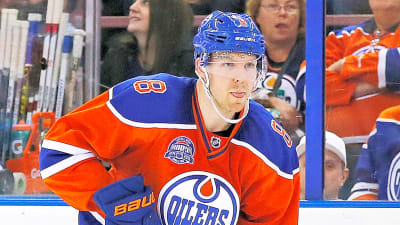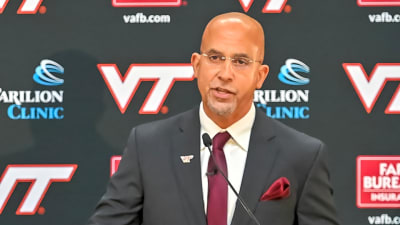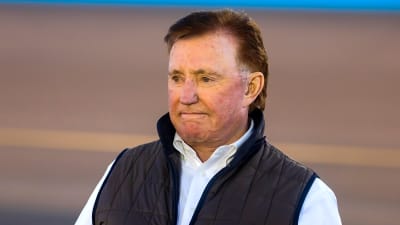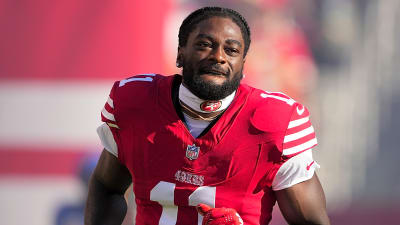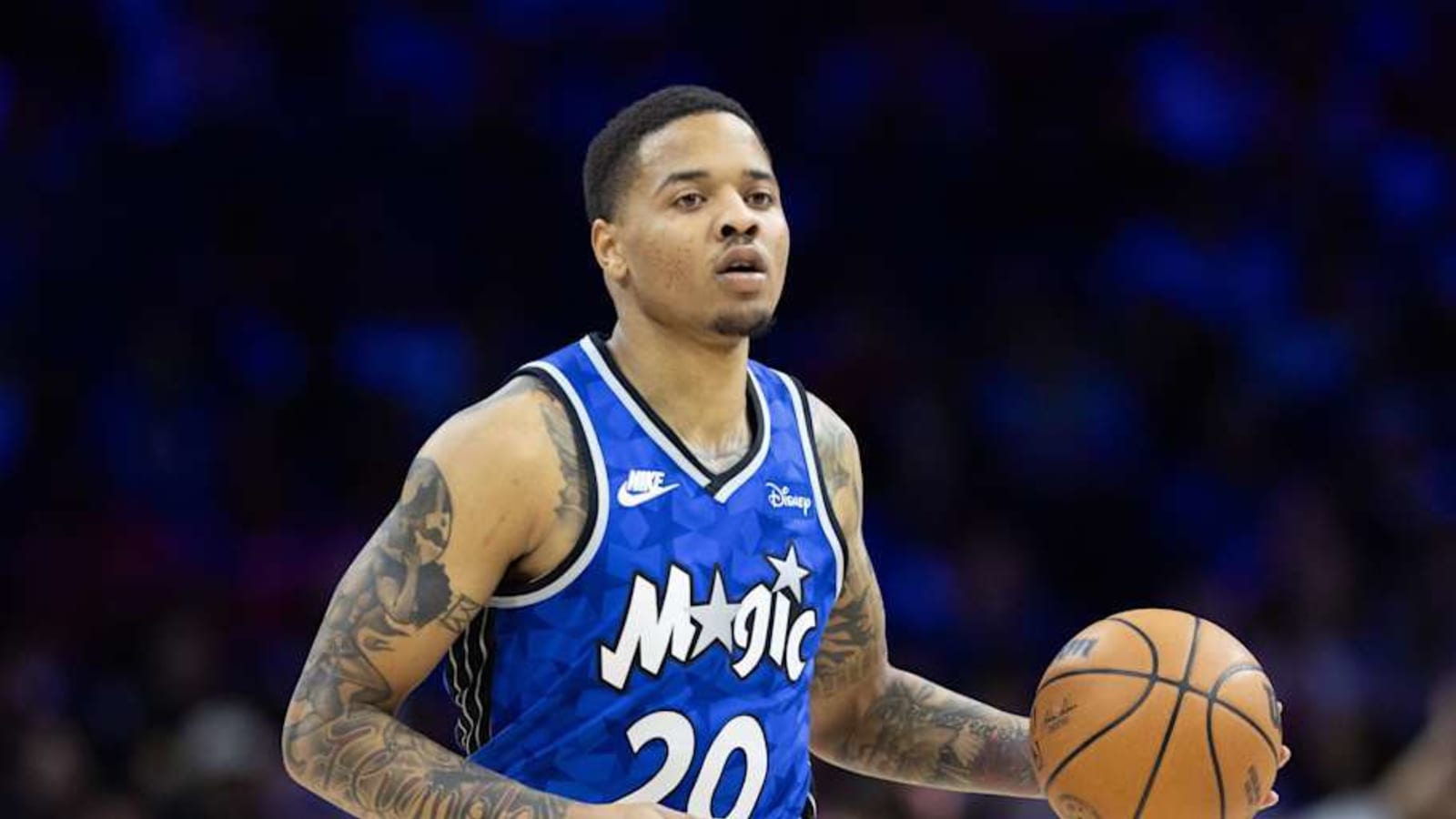
In every NBA Draft class, it feels like there’s some can’t-miss lights-out shooting prospect who ends up failing in the NBA and another whose jumper looked like a lost cause, but magically became their most valuable weapon.
Why does this happen?
We are in the pace and space NBA. The league is faster than ever, and shooting more threes than ever. That makes the latter one of the most coveted skills, a necessity for almost every superstar in the league, and one of the top things scouts and front offices seek in the draft. Landing a quality shooter on a cost-controlled four-year deal can significantly change a team's fortunes, getting this wrong can also significantly damage them.
With the increased value in shooting, you’d assume teams would have become experts in analyzing it and projecting it on an individual level. Maybe teams have, but shooting and evaluating shooting itself is far from a perfect science -- making it impossible to always predict accurately. What have we learned about evaluating shooting from recent prospects?
Playing for Real Madrid in the EuroLeague and Spain’s Liga ACB, Luka Doncic shot 31 percent on 348 attempts from deep in the 2017-18 season leading up to his entry in the NBA Draft. Generally speaking, that 31 percent isn’t impressive, and a mark that might leave you open in the NBA. For Doncic though, that wasn’t true. His volume, 348 attempts, was absurd for a prospect. With access to a database like Synergy, you could also see that 211 of those attempts were off-the-dribble threes. Those usually have a higher degree of difficulty and Doncic’s numbers bore that out. He shot 32 percent on off-the-dribble threes and 37.6 percent on spot-up threes.
For a prospect like Doncic, the accuracy mattered less. He was 18 years old and carrying the bulk of scoring and creation opportunities for arguably the best team in the world outside of the NBA that also started the season with injuries to other primary ballhandlers. His ability to maintain a threatening accuracy en masse was an indicator that he could probably do the same in the NBA, where he’d have a similar level of responsibility.
Charlotte Hornets point guard LaMelo Ball had a similar profile. Ball shot 28 percent from deep on 86 attempts with the Illawarra Hawks of the Australian NBL prior to entering the draft. Ball was an erratic player, who would shoot whenever he felt he had a window to get the shot off. He shot only 24.4 percent on 41 off-the-dribble attempts, but 35 percent on 20 spot-up attempts. It was clear Ball could shoot, but his shot selection needed work. That’s a bet worth taking on a prospect who showed elite talent in so many other areas and injuries aside, it was the right bet for the Hornets so far.
Then you have prospects like Markelle Fultz and Cade Cunningham, who shot the ball exceptionally well in college. Fultz was 41 percent on 126 attempts and Cunningham 40 percent on 155 attempts. Fultz shot off-the-dribble threes better than spot-up, and Cunningham was solid in both areas.
Were there any signs that their shooting would drop in the NBA as it has for both of them? Not exactly.
For starters, Cunningham struggled his first two seasons in the league but was at nearly 36 percent on 335 attempts last season and is currently shooting 38 percent on over six attempts per game. That’s elite and is actually a lesson for evaluating shooting overall: one season is never a large enough sample size.
Doncic and his 348 attempts with Real Madrid are fairly safe for a sample size but still, young players can change drastically from season to season. Some of them are still growing physically and they are almost always developing as players. This means that they can, in fact, struggle with their shot for an entire season and more. Volume, shot profile, splits across shot stypes, and more can always help counter a small sample size but truly, one season never gives you the full picture of a player's shooting ability. It’s why film, form, and technique are still important and why NBA teams still put stock in seeing prospects get 100-plus threes up in individual empty gym pre-draft workouts.
Shot quality, accuracy, and success have become measurable and quantifiable at nearly every level of elite competitive basketball. While that has made it easier to project a prospect's future as a shooter, it is far from perfect. Data is helpful, but shooting -- like basketball at large -- is still an art at its core. A combination of metrics, and what your eyes tell you. It is the only way to make the most accurate assessment possible. Doncic, Ball, Cunningham, and Fultz have all taught us that over the past few years in their own ways as elite prospects.
More must-reads:
- Four teams that could be willing to trade for Mavericks' Anthony Davis
- Chauncey Billups pleads not guilty, released on $5M bond
- The 'Most catches by an NFL running back' quiz
Breaking News
Trending News
Customize Your Newsletter
 +
+
Get the latest news and rumors, customized to your favorite sports and teams. Emailed daily. Always free!
